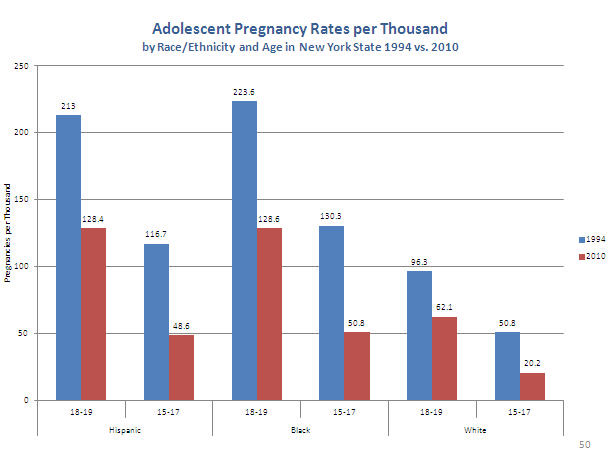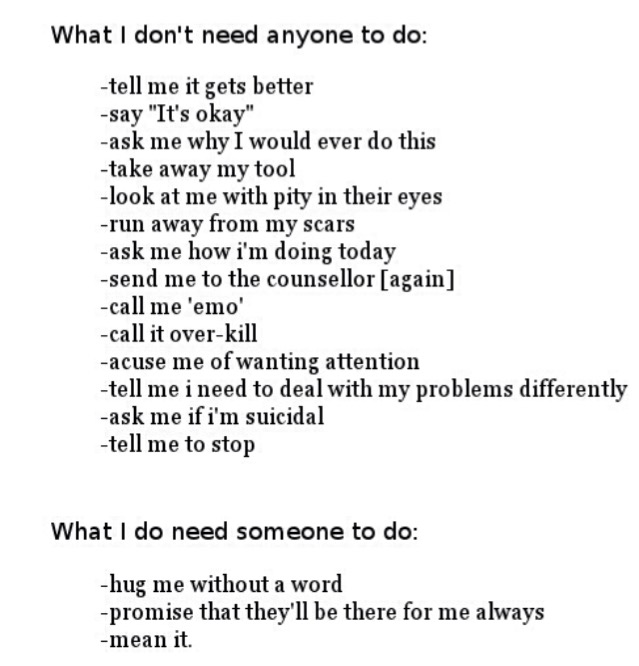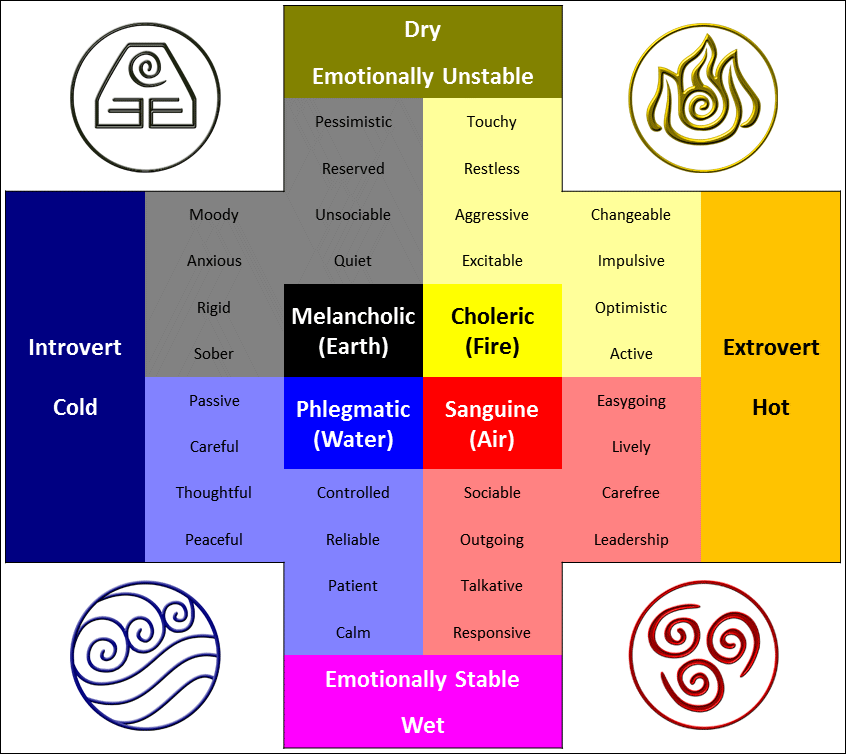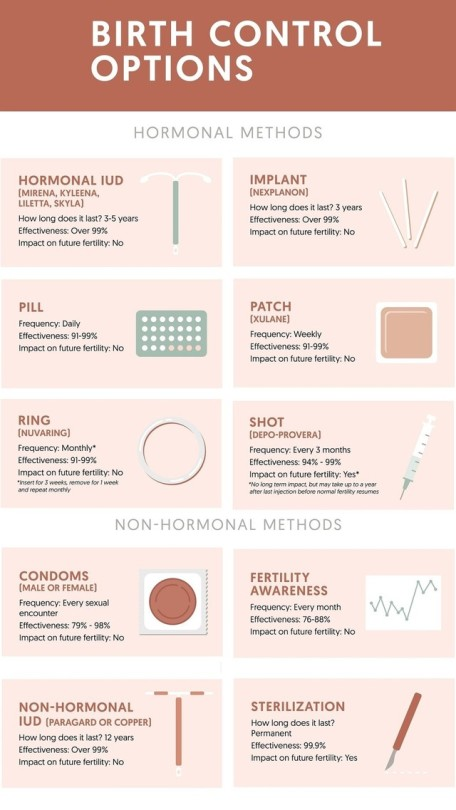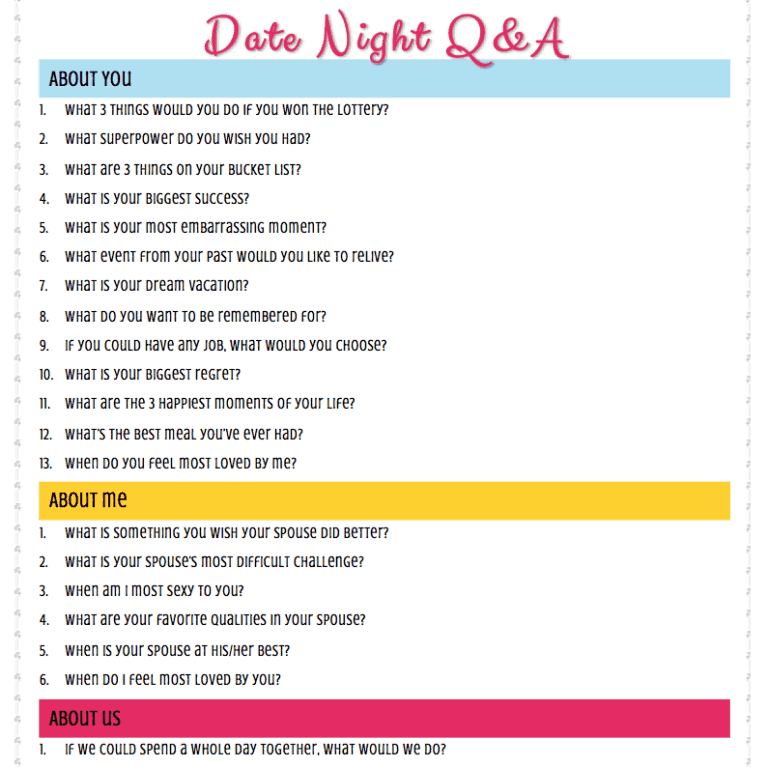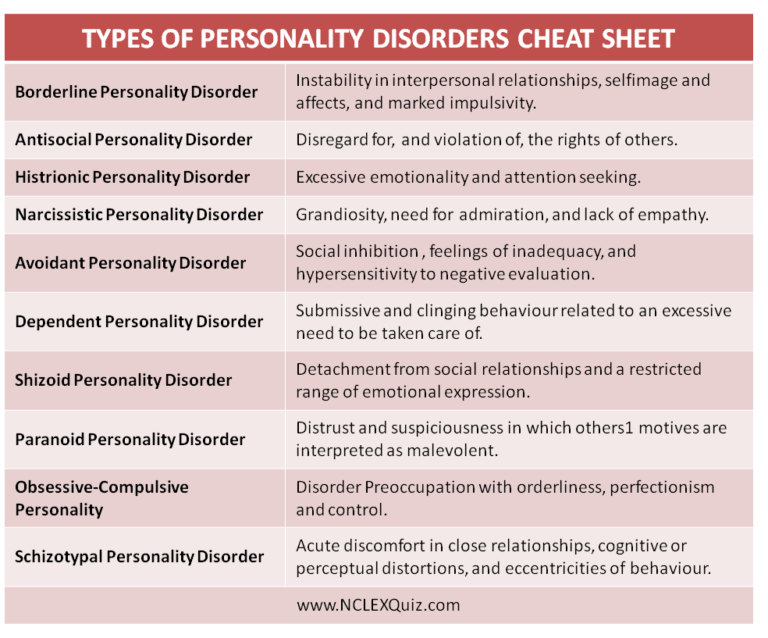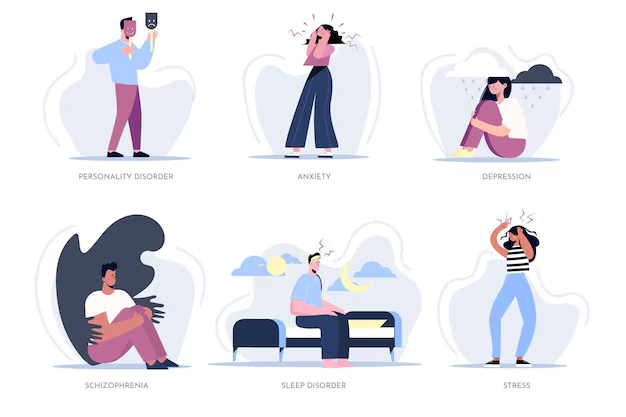Depression among teens statistics
Depression is increasing among U.S. teens
Depression is on the rise among American teenagers, and this is particularly true for teen girls. (aabejon via Getty Images)Depression has become increasingly common among American teenagers – especially teen girls, who are now almost three times as likely as teen boys to have had recent experiences with depression.
In 2017, 13% of U.S. teens ages 12 to 17 (or 3.2 million) said they had experienced at least one major depressive episode in the past year, up from 8% (or 2 million) in 2007, according to a Pew Research Center analysis of data from the 2017 National Survey on Drug Use and Health.
One-in-five teenage girls – or nearly 2.4 million – had experienced at least one major depressive episode (the proxy measure of depression used in this analysis) over the past year in 2017. By comparison, 7% of teenage boys (or 845,000) had at least one major depressive episode in the past 12 months.
The total number of teenagers who recently experienced depression increased 59% between 2007 and 2017. The rate of growth was faster for teen girls (66%) than for boys (44%).
While teenage girls are more likely to have faced depression than their male peers, they are also more likely to have received treatment by seeing a professional or taking medication. Among teen girls who had recent depressive episodes, 45% received treatment for depression over the past year. By comparison, 33% of teen boys with recent depressive episodes received treatment.
The number of adults who had experienced depression also increased from 14.8 million in 2007 to 17.3 million in 2017, though the share remained the same (7%). Adults also differed by gender in their experiences with depression (9% of women vs. 5% of men).
Adults who have experienced depression are treated at higher rates than teens. Among adults who had recent depressive episodes, about two-thirds (67%) received treatment. Again, women who had a recent experience with depression (72%) were more likely than men (58%) to receive treatment.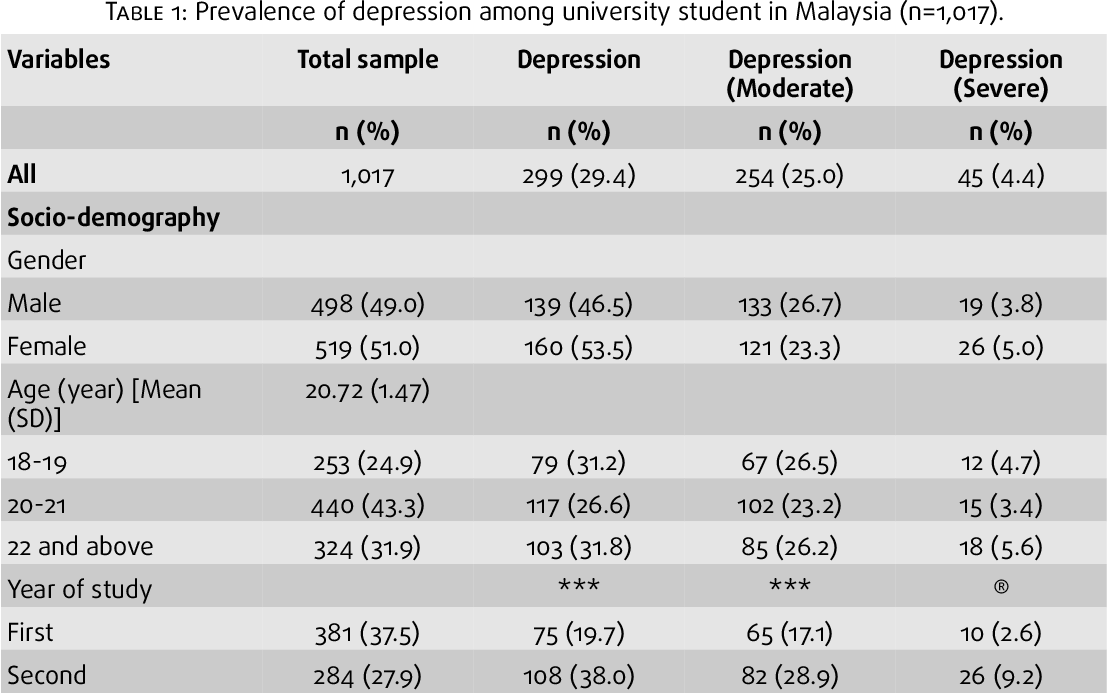
Teens express concern about anxiety and depression among peers, feel day-to-day pressures
Seven-in-ten U.S. teens said anxiety and depression is a major problem among people their age in the community where they live, according to a Pew Research Center survey of teenagers ages 13 to 17 conducted in fall 2018. An additional 26% cited anxiety and depression as a minor problem.
About three-in-ten teens (29%) said they felt tense or nervous about their day every or almost every day, and 45% said they felt tense or nervous sometimes. About a third of teen girls (36%) reported feeling this way every day or almost every day, compared with 23% of teen boys.
Academic and social pressures are among the reasons cited by experts who have studied teen depression. The Center’s survey asked about some of those pressures teens face in their daily lives. About six-in-ten teens (61%) said they personally felt a lot of pressure to get good grades, while roughly three-in-ten reported a lot of pressure to look good and fit in socially (29% and 28%, respectively).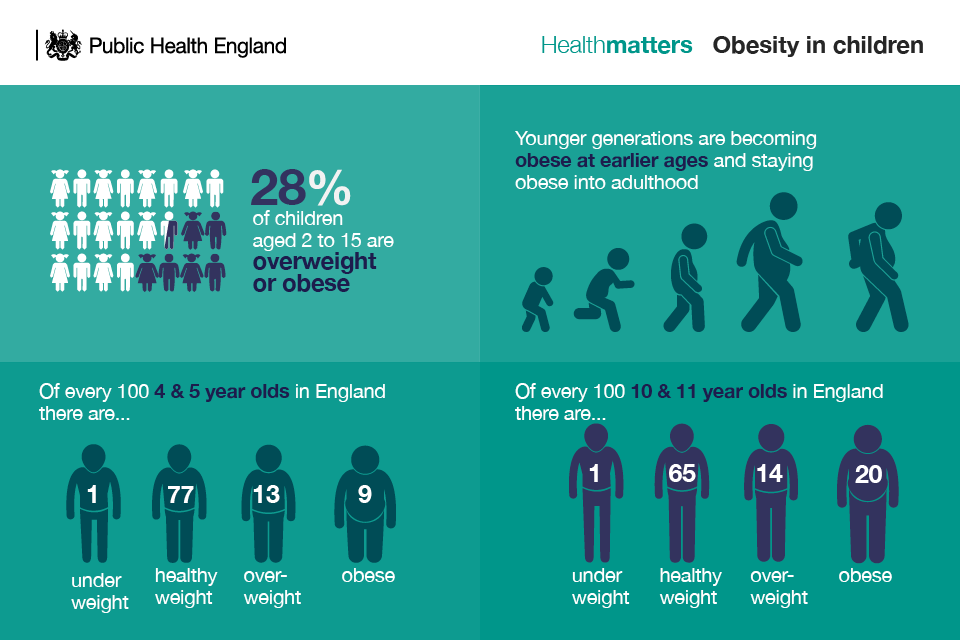
About this analysis
This analysis uses data from the 2017 National Survey on Drug Use and Health (NSDUH), which is directed by the U.S. Department of Health and Human Services’ Substance Abuse and Mental Health Services Administration and overseen by the Center for Behavioral Health Statistics and Quality.
“Major depressive episode” is used throughout this analysis as a proxy measure of depression; as such, that term and “depression” are used interchangeably. A “major depressive episode” is defined as a period of at least two weeks when a person experienced a depressed mood or loss of interest or pleasure in daily activities and had a majority of specific depression symptoms in the fifth edition of the Diagnostic and Statistical Manual of Mental Disorders (DSM-5). “Treatment” of depression is defined in the NSDUH survey as seeing or talking to a health or alternative service professional or using prescription medication for depression in the past year.
A.W. Geiger is a former associate digital producer and writer for Pew Research Center.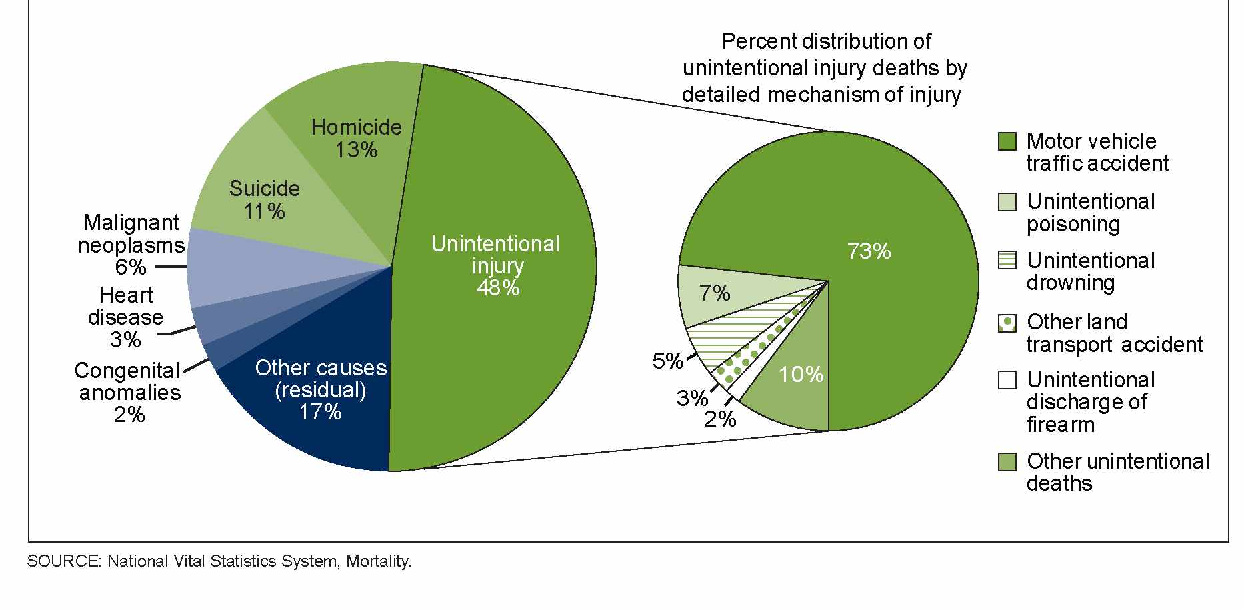
POSTS BIO TWITTER EMAIL
Teenage Depression: Facts and Statistics
Your teen years are full of significant changes. Physically, mentally, and socially — your brain, body, and environment are going through a major evolution.
You might feel bogged down from the demands of high school and college assignments piling up. Or you may feel sadness about transitioning to a more independent and unfamiliar life. Throw in a worldwide pandemic, and it’s no surprise that uneasy feelings are on the rise, as shown by recent teen depression statistics and research.
These changes can easily become overwhelming. Understandably, you might shut down, become irritable, or lose interest in the activities that previously made you light up.
While these responses are valid and usual, depression is a condition that’s much more serious than fleeting teen moodiness.
If negative emotions are keeping keep you from functioning like you usually do, or you’ve experienced a sense of hopelessness for more than 2 weeks, you might want to consider treatment for depression.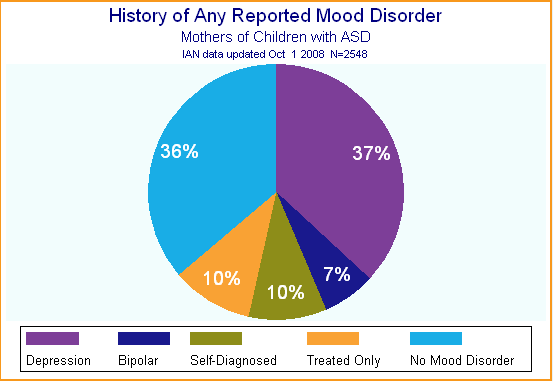
1. It’s more common than you might think
Everyone goes through a rough patch or feels listless on occasion. But major depression is a leading cause of disability in the United States, and teens are becoming the most likely group to screen for symptoms of this mental health condition.
Data shows that depression affects high numbers of young people:
- Data from the 2016 National Survey of Children’s Health showed that 3.2% of children ages 3 to 17 had a depression diagnosis. The frequency of depression diagnosis tends to increase as children enter their teen years.
- Around 3.2 million teens ages 12 to 17 had one major depressive episode in 2017.
- According to a 2021 Mental Health America (MHA) report, severe major depression has increased in youth to 9.7%. This is an increase from 9.2% in 2020.
The 2021 MHA report also states that youth ages 11 to 17 were the most likely age group to score in the moderate-to-severe depression categories when screened for mental health conditions.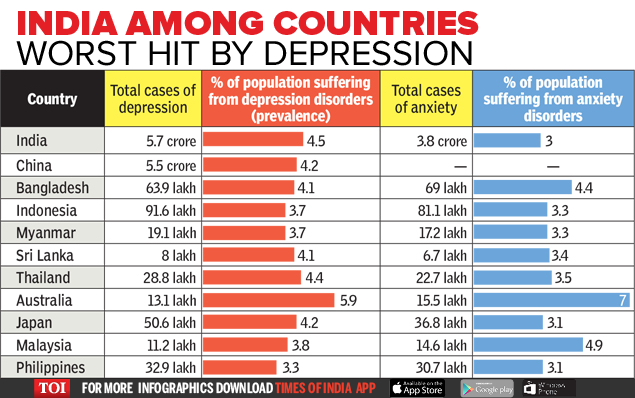
The symptoms of depression might be a bit different in teens and adults. You can read about the symptoms of depression in teens here.
2. Depression rates are higher in females and gender minority teens
While depression can affect teens of any sex and gender identity, a study published by the JAMA Network found that by 15 years old, females were twice as likely to have experienced episodic depression than males.
When comparing male and female depression rates, depression continues to present at a higher rate in females than males from the teen years into adulthood.
Also, according to the National Institute of Mental Health, risk factors leading to depression are highest among adolescents and young adults who identify with a gender minority, such as transgender, genderqueer, and nonbinary.
3. Teens with two or more racial or ethnic identities report the highest rates of depression
Your teen years are often called the “coming-of-age” era for a reason. You’re discovering, questioning, and deciding many aspects of your identity, including what your cultural, racial, and ethnic identity means in your life.
You’re discovering, questioning, and deciding many aspects of your identity, including what your cultural, racial, and ethnic identity means in your life.
This, coupled with societal pressures and prejudices, can reasonably leave you feeling stressed and emotionally shaken up.
Teens ages 12 to 17 years old with more than one racial identity are the most at-risk racial or ethnic group to report a major depressive episode, according to data published by Substance Abuse and Mental Health Services in 2017.
American Indian/Alaskan Native teenagers reported the second highest rates of depression at 16.3%.
4. LGBTQ+ teens are at greater risk for depression
Recent research shows that sexual identity can impact rates of depression among teens. The Centers for Disease Control and Prevention (CDC) reports that lesbian, gay, and bisexual youth are at a higher risk for depression, suicide, and substance use.
But factors like supportive parents and an accepting atmosphere at school can also decrease the risk of depression in LGBTQ+ adolescents.
5. Most teens with depression are not receiving treatment
Depression is not a weakness, and you should never feel ashamed of a depression diagnosis. While major depression is a widespread mental health condition, it still requires attention and professional treatment.
You may be tempted to ignore your negative feelings and symptoms associated with depression, but a consistent treatment plan is vital for depression management.
Left untreated, depression has a higher chance of recurring throughout your lifetime.
According to the MHA, the majority of adolescents with depression — 60% — did not receive treatment for their major depression from 2017 to 2018. Further, more than two-thirds of adolescents diagnosed with depression did not continue with consistent treatment.
6. COVID has increased depression and uncertainty in teens
As if the normal stressors and changes happening during your teen years weren’t enough, for many, the pandemic has upended any remaining sense of normalcy and routine as well.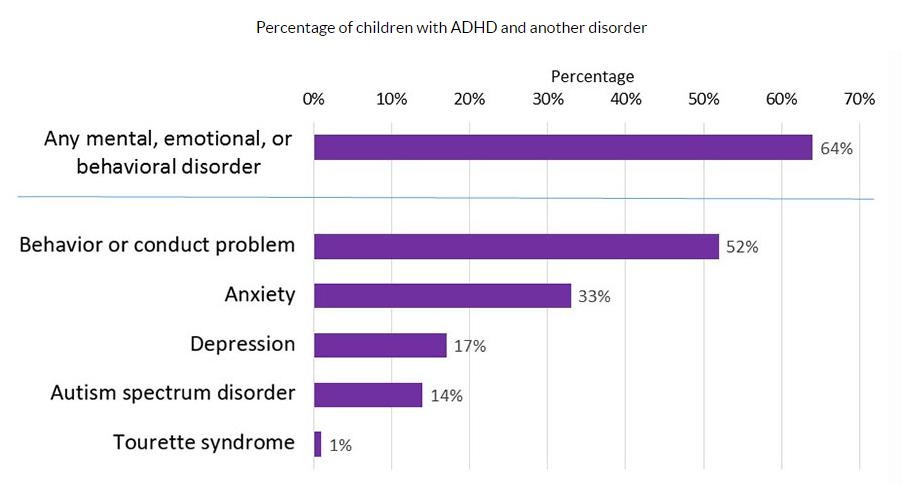
Quarantine, loss of social interactions, illness, fear of illness, the loss of loved ones, and financial distress are only some of the compounding and life-altering stressors that teens have faced since March 2020.
These changes have had a lasting physical and psychological impact on U.S. society. According to teen depression statistics in the Stress in America 2020 survey, Generation Z teens and young adults ages 13 to 23 years old have reported increased uncertainty and depression symptoms.
For all ages, loneliness and isolation trended as the top reason for uncertainty and mental health conditions during the pandemic.
7. There’s no single cause of depression
Depression often brings deeply negative or apathetic feelings, but it’s important to remember that these emotions do not reflect any character flaws.
In fact, depression often stems from events outside of your control, such as:
- early childhood trauma
- genetics
- a major life crisis
Depression can also accompany or become exacerbated by existing medical conditions.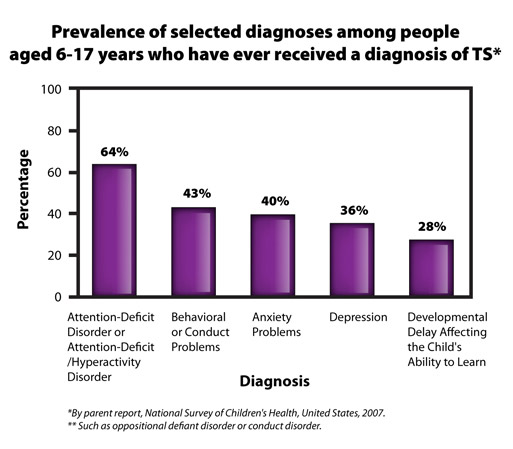 These include:
These include:
- poor sleep
- chronic pain
- anxiety
- attention deficit hyperactivity disorder
- substance use disorder
Of course, depression can also develop without a specific triggering event or preexisting condition, just as it can result from numerous sources. Exploring the causes of your depression with a professional can help you determine the most effective treatment plan.
8. There are many types of depression
If you feel depressed, it does not automatically mean you have a depressive disorder. Depression may be a symptom of another physical or psychological medical condition.
Depression could also be a natural response to a major stressor and does not indicate that you’ll need to prepare to live with recurring depression.
Some types of depression include:
- major depressive disorder (MDD)
- seasonal depression
- peripartum depression
- postpartum depression
- persistent depressive disorder
- premenstrual dysphoric disorder
No matter what form your depression takes, it’s important to work with a medical professional to identify the type of depression you are experiencing and, ultimately, develop a treatment plan tailored to your needs.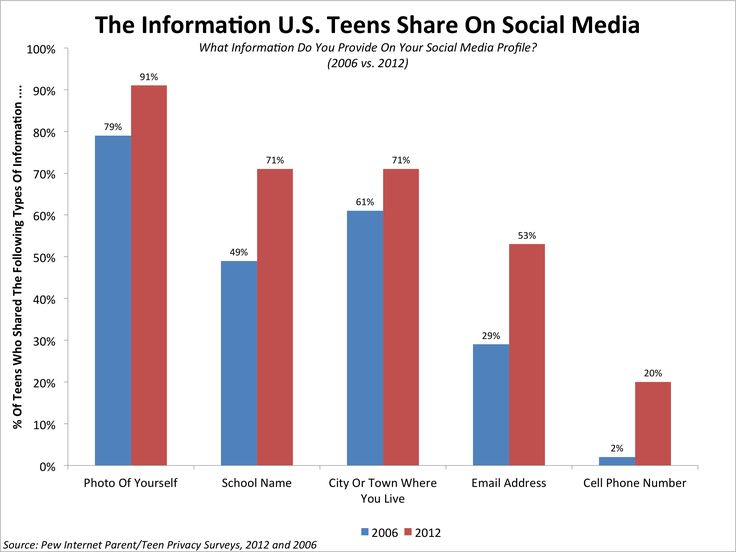
When you’re already managing the challenging emotions associated with depression, acknowledging the condition and opening up to someone can feel difficult. But overcoming this hurdle is the first task to getting proper treatment.
Let a parent or guardian know about the depression symptoms you’ve been experiencing so you can ultimately get an appointment with a medical professional.
A doctor can talk with you about medical conditions that mimic depressive symptoms or refer you to a psychologist, psychiatrist, counselor, or therapist to help with a depressive disorder.
Treatment for depression might include psychotherapy, medications, or a combination of the two, depending on what works best for you.
Want to know more? You can read all about treatments for depression here.
If you’re having trouble finding the right words to communicate your symptoms, try taking a screening tool, such as this one on the Mental Health America website.
A screening tool will help you personally evaluate the severity of your symptoms and provide the terminology to describe your symptoms to a parent or medical professional.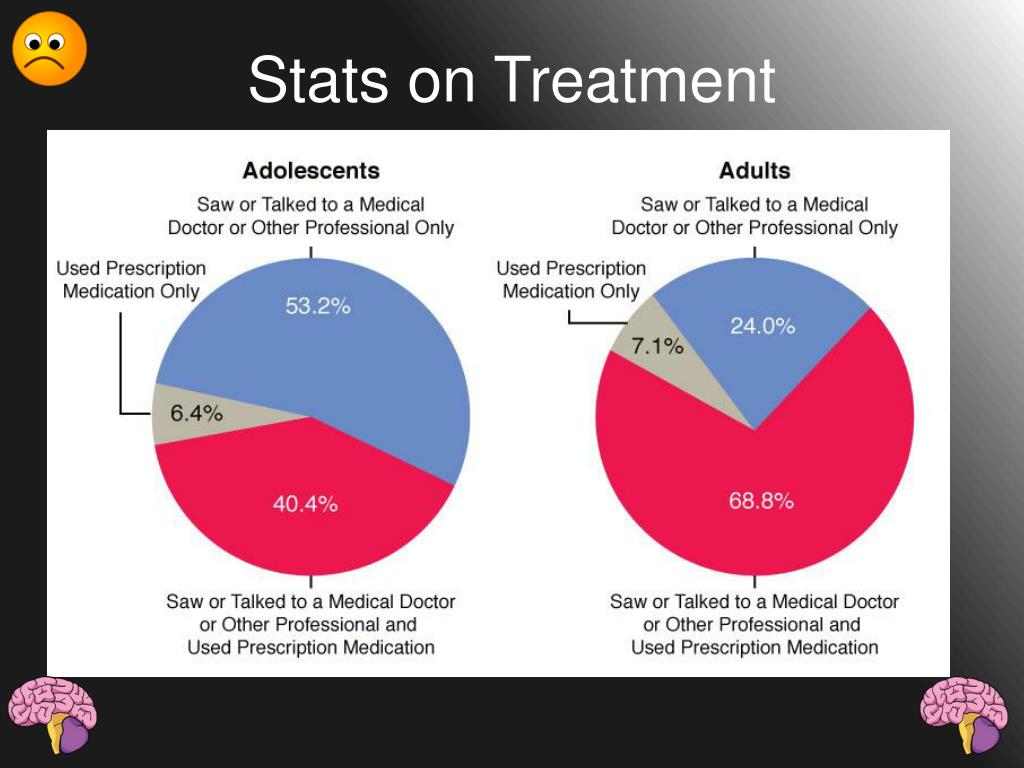
Remember, depression is extremely common and becoming more widespread as the pandemic shakes up our society’s usual structure. But you don’t have to live with depression symptoms without support. Reaching out to an adult for assistance with depression during your teen years can reap a lifetime of benefit.
For more information about teenage depression, look to reliable resources like the National Institute of Mental Health, Mental Health America, the CDC, and the National Alliance on Mental Illness.
Why teen depression is dangerous and how to prevent it
home
Useful materials
Why teen depression is dangerous and how to prevent it
07/22/2020
© depositphotos.com
Depression is a dangerous psychological illness that can develop in a child as they grow up. At this point, it is very important to notice the first signs: if treatment is not started on time, the disease can develop into a chronic form and manifest itself already in adulthood with more severe consequences.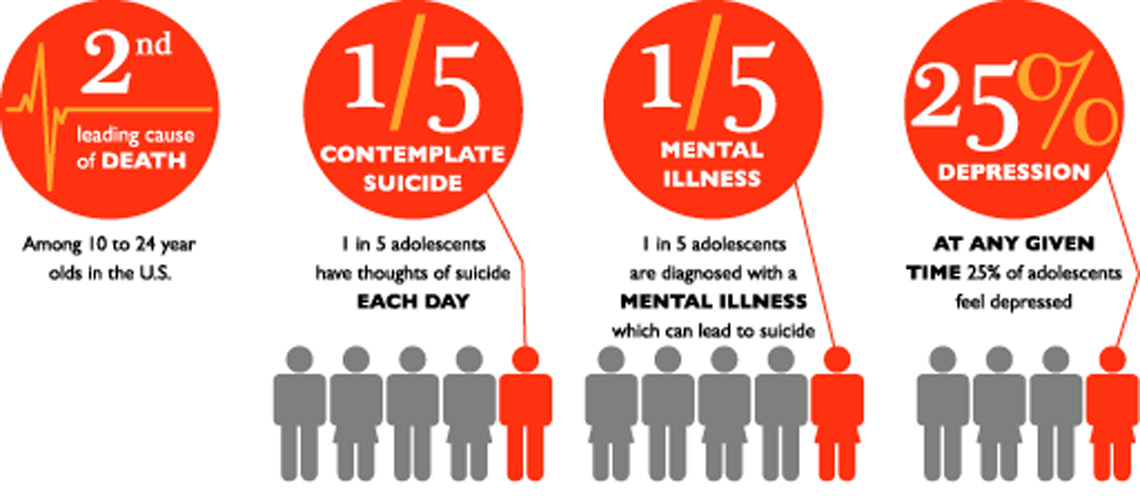 Why parents should be more attentive to the psychological state of the child and how to prevent teenage depression, employees ANO "CISM" told the psychologist and advisory member of the Professional Psychotherapeutic League Elena Pavlova .
Why parents should be more attentive to the psychological state of the child and how to prevent teenage depression, employees ANO "CISM" told the psychologist and advisory member of the Professional Psychotherapeutic League Elena Pavlova .
- By what signs can one understand that a child has depression?
- The first sign of depression in adolescents is lethargy, apathy, refusal of any entertainment and a decrease in school performance. Often, in response to a child's loss of interest in school, parents begin to put pressure on him and criticize him, trying to force him to study. This is not true, because here you need to try to find out the reason why this happens. There is also the opposite effect: some children use study as a way to “escape” from themselves and their problems, on the contrary, academic performance increases, and parents do not take this into account, rejoicing at the success of the child. nine0003
When any problems arise, a person always starts to behave differently than before.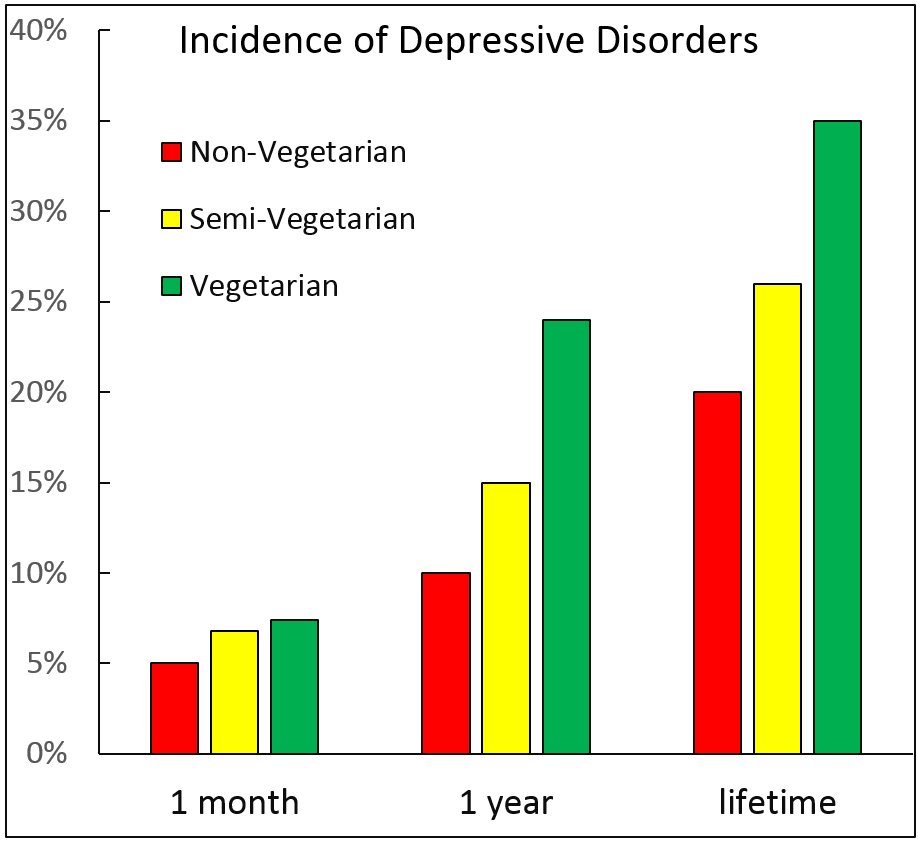 Accordingly, with depression, for example, you want to lie down all day, doing nothing. Adults interpret this as a sign of relaxation and begin to swear. Also, one of the signs of depression is insomnia, in adolescents it most often takes certain forms: the child does not sleep, spends the whole night at the computer or on a smartphone. Such a downed regime is perceived by parents as sabotage. nine0003
Accordingly, with depression, for example, you want to lie down all day, doing nothing. Adults interpret this as a sign of relaxation and begin to swear. Also, one of the signs of depression is insomnia, in adolescents it most often takes certain forms: the child does not sleep, spends the whole night at the computer or on a smartphone. Such a downed regime is perceived by parents as sabotage. nine0003
The next sign is a violation of appetite and eating habits. This is also worth paying attention to. Another marker is the loss of interest in the usual activities, in communication with peers. And, of course, the most inconspicuous symptoms that only the child himself feels are depressive thoughts, a feeling of longing, a constant state of anxiety and fear, a negative perception of himself and others. Parents can notice this only when a teenager begins to ask some unusual questions for him, for example, about life and death. Here you don’t need to dismiss it and call it “nonsense”, you need to try to find out why the child became interested in this topic, why he had such thoughts and what they are connected with. nine0003
nine0003
- Why do teenagers get depressed? Which children are at risk?
- According to WHO statistics, in Russia about 11% of boys and girls under the age of 18 suffer from depression. That is, this is every tenth teenager, but the statistics include only those cases that have been registered, respectively, this figure can be much higher. Unfortunately, most often depression during puberty is left without the attention of others: parents often ignore the symptoms that are obvious to specialists, or take them for whims or age-related changes in character, so the only thing they resort to to combat this state of a teenager is moralizing or even punishment. . nine0003
Crises during adolescence are inevitable, as physical changes and a hormonal explosion occur in the body of children, which gives rise to emotional instability. During this period, the child begins to overestimate life attitudes, his character and ways of social interaction with others change.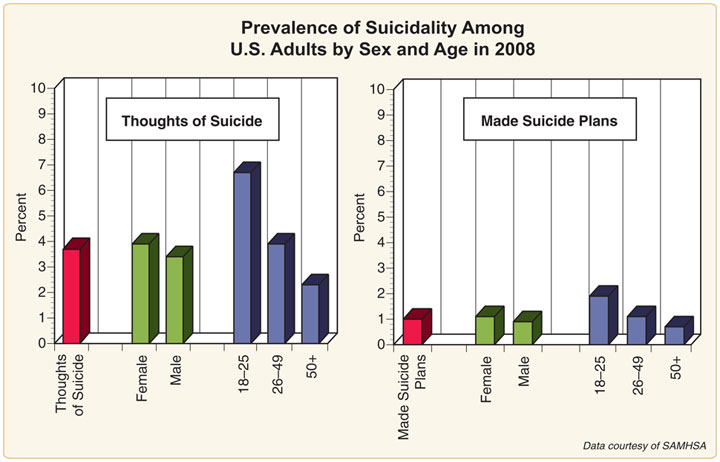 At this stage, parents should in no case show pressure, the teenager needs to be supported, shown love and understanding. After all, in addition to the internal processes that concern him, pressure is also increasing from the outside: from teachers at school, from friends; first experience of relationships with the opposite sex. In addition to everything, self-doubt can become. All of these factors can lead a child into a state of depression if he does not feel supported by the family. nine0003
At this stage, parents should in no case show pressure, the teenager needs to be supported, shown love and understanding. After all, in addition to the internal processes that concern him, pressure is also increasing from the outside: from teachers at school, from friends; first experience of relationships with the opposite sex. In addition to everything, self-doubt can become. All of these factors can lead a child into a state of depression if he does not feel supported by the family. nine0003
In addition, depression can also be hereditary. But more often the reason is the environment in which the teenager is located: what kind of relationship he has with his parents, how much he is accepted and loved, how comfortable he feels in the family, how successful he is in this or that activity.
- Today's youth are more likely to suffer from depression than past generations. Is this true? Why is there such a trend?
– Today's teenagers suffer from depression much more often than their predecessors. This is due to the fact that now an unlimited flow of information is directed at children, they receive it from a huge number of sources, and it is far from always positive. Adolescents are very suspicious during the period of growing up, and are often ready to believe everything they write and say on social networks. In addition, teenage self-doubt gives rise to a desire to compare their lives with the “beautiful” life dictated by social networks. The addition is the constant communication on the Internet, which makes children feel lonely in real life. That is why modern youth is more susceptible to the development of severe psychological conditions. And parents need to teach the child to interact with the world from childhood, try to build trusting relationships with him so that he is not afraid to tell mom and dad about his problems and experiences. nine0003
This is due to the fact that now an unlimited flow of information is directed at children, they receive it from a huge number of sources, and it is far from always positive. Adolescents are very suspicious during the period of growing up, and are often ready to believe everything they write and say on social networks. In addition, teenage self-doubt gives rise to a desire to compare their lives with the “beautiful” life dictated by social networks. The addition is the constant communication on the Internet, which makes children feel lonely in real life. That is why modern youth is more susceptible to the development of severe psychological conditions. And parents need to teach the child to interact with the world from childhood, try to build trusting relationships with him so that he is not afraid to tell mom and dad about his problems and experiences. nine0003
- How to help a teenager get rid of depression? What are the consequences if therapy is not started on time?
- A teenager in depression is initially worse than an adult, because he has not yet developed the usual ways to protect his psyche and is not able to ignore what is happening to him, he still lacks the skills of emotional self-regulation.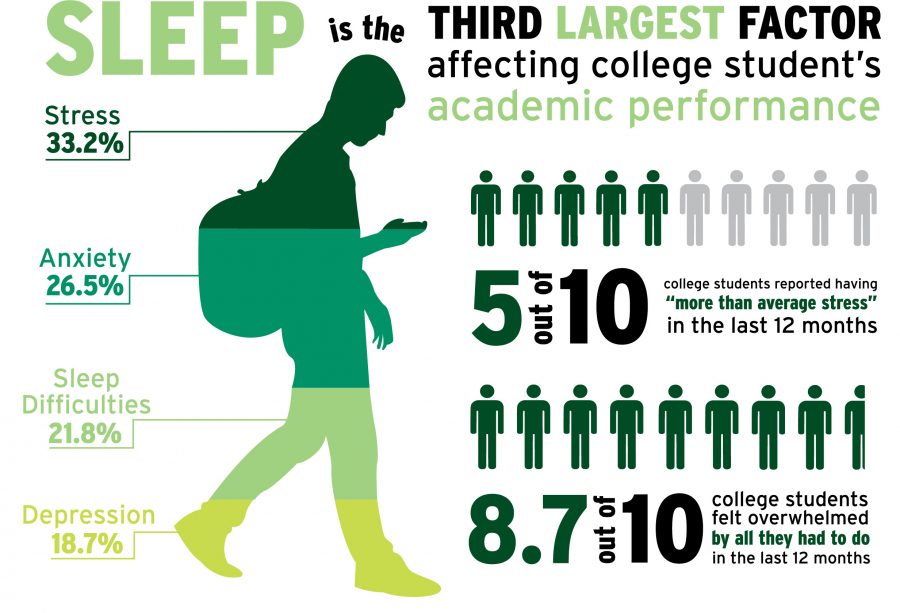 Very often, teenagers feel shame and guilt for their condition, this can manifest itself through aggression. They are hurt, but ashamed to cry and complain, and they express it as best they can. Therefore, most often an aggressive teenager is an unhappy teenager. These children need help first and foremost, not education. And if it is not provided in time, during puberty, over time, depression will manifest itself in a more severe form. Therefore, early intervention directly affects the course of the disease in the future. nine0003
Very often, teenagers feel shame and guilt for their condition, this can manifest itself through aggression. They are hurt, but ashamed to cry and complain, and they express it as best they can. Therefore, most often an aggressive teenager is an unhappy teenager. These children need help first and foremost, not education. And if it is not provided in time, during puberty, over time, depression will manifest itself in a more severe form. Therefore, early intervention directly affects the course of the disease in the future. nine0003
- How to convince a teenager to visit a psychotherapist or psychologist?
- If parents have found symptoms of depression in a child, there is no need to rush, you need to work carefully and start small. First of all, try to restore lost trust, show support, interest, offer help. At this point, you need to be completely on the side of the child. If depression has already taken a clinical form, then here you need to seek help from specialists.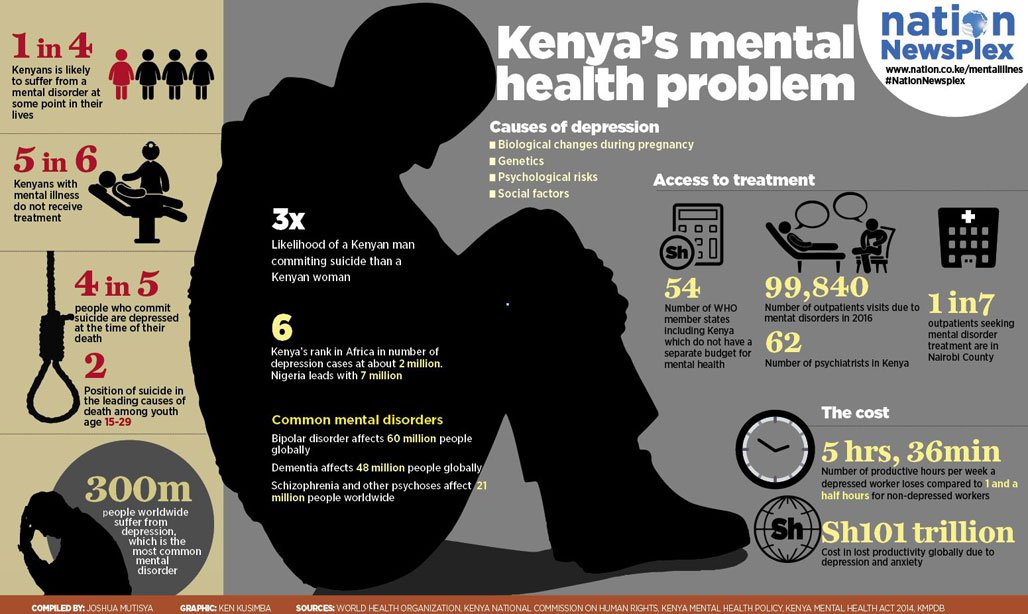 And as experience shows, the most effective tool in the fight against teenage depression is conversational practice, combined with the right drugs. nine0003
And as experience shows, the most effective tool in the fight against teenage depression is conversational practice, combined with the right drugs. nine0003
I must say right away that it is best for a parent to go to an appointment with a teenager. Only in this way the psychologist can properly consider the current situation. When you voice the idea to a child to go to a psychologist for a consultation, in order to convince him of the need for such a visit, you need to act according to a certain algorithm. First, in no case should you take a “must” position, speak with the child on an equal footing, as with an adult. Try to explain to him that right now you may not understand each other, but in spite of everything you love him and want to help. The second is to convey to the teenager that someone else is needed to resolve the current situation and offer to choose a specialist together. Thirdly, a parent can try to say that he himself wants to go to a psychologist in order to sort out the existing problems between him and the child, but explain that if he goes alone, the psychologist will not have the opportunity to hear two points of view. nine0003
nine0003
If in the end these methods did not help convince a teenager, you can simply offer to go to the first appointment and say that if you don’t like it, you will no longer return to this topic. But in no case should you pressure, force, blackmail, threaten or make any excessive promises. It's taboo.
- What role do social networks and the Internet play in the formation of depression?
“According to researchers from the University of Montreal, social networks and TV programs have caused a decrease in self-esteem in adolescents and, as a result, a trigger for depression. In their opinion, television and social networks include content that presents the lives of other young people in a very positive way, forms an idea of an ideal life. Adolescents unwittingly begin to compare themselves with those they see on social networks, turn out to be dissatisfied with the result, and this dissatisfaction becomes the cause of the development of a depressive state.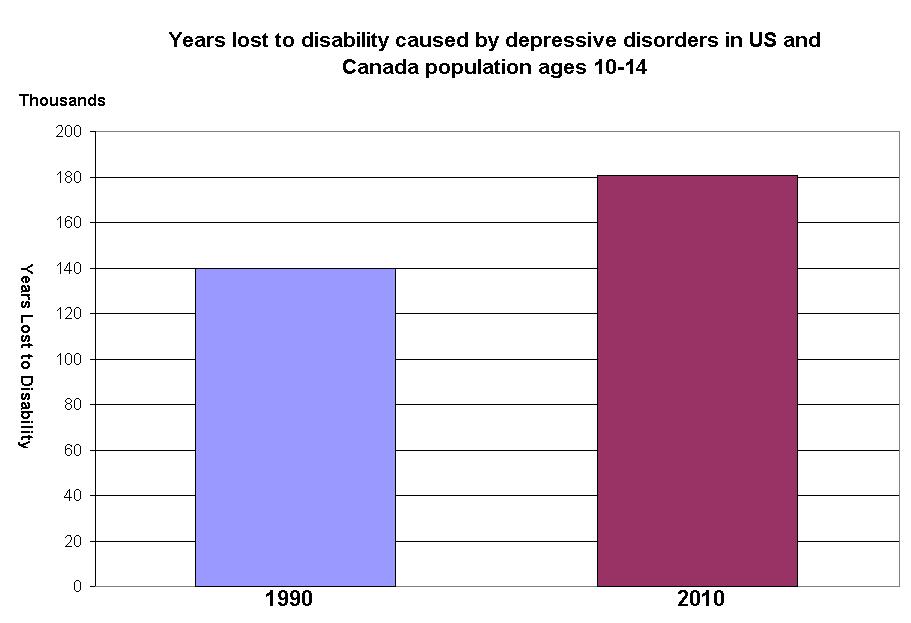 Thus, the more time a child spends on social networks, the higher the risk of developing depression. nine0003
Thus, the more time a child spends on social networks, the higher the risk of developing depression. nine0003
Tags:
teenagerschild safety
More than a third of schoolchildren complained of depression due to distance learning - RBC
80% of schoolchildren showed unfavorable mental reactions against the background of self-isolation and distance learning, follows from a survey by the National Research Center for Children's Health of the Ministry of Health. Adolescents began to walk less and do more homework
Photo: Vladimir Fedorenko / RIA Novosti
Depression and phobias
Stress amid the pandemic and life in conditions of self-isolation and distance learning affected the mental state of most schoolchildren — in 83.8% of students researchers from the National Medical Research Center for Children's Health of the Ministry of Health noted unfavorable mental reactions of the borderline level: depressive states - presumably in 42.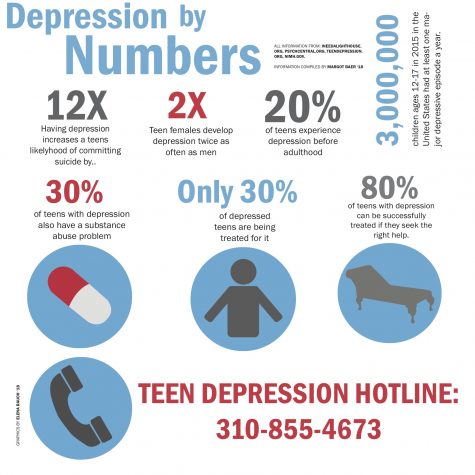 2%, asthenic conditions - in 41.6%. This is stated in the study of the center dedicated to the well-being of children and adolescents studying remotely, which was reviewed by RBC. nine0003
2%, asthenic conditions - in 41.6%. This is stated in the study of the center dedicated to the well-being of children and adolescents studying remotely, which was reviewed by RBC. nine0003
How the survey was conducted
The online survey was conducted from the end of April to the end of May, almost 30,000 schoolchildren from 79 regions of Russia took part in it. Students are represented in the age range from 5th to 11th grade. They answered questions about physical activity, the use of gadgets in distance learning, and also studied the psycho-emotional state of schoolchildren.
adv.rbc.ru
The majority (69.2%) of schoolchildren surveyed during the coronavirus pandemic limited their movements and stayed at home. nine0003
adv.rbc.ru
Only about every eighth student (13.4%) can we talk about a favorable psychological and social adaptation to the conditions of self-isolation and distance learning. In addition to depressive and asthenic manifestations, the authors of the study suggest obsessive-phobic states in more than a third (37.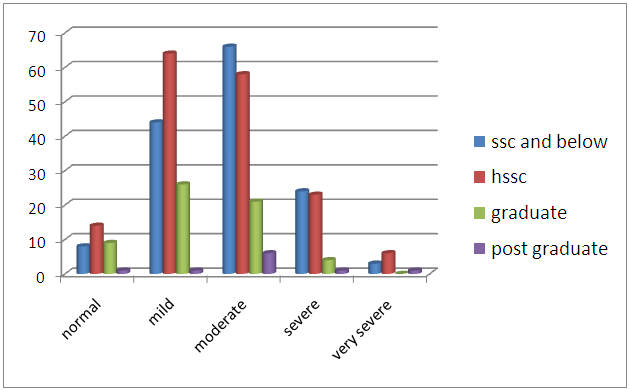 2%), headache syndrome in 26.8%, and sleep disorders in every second student (55.8%). While almost a third of schoolchildren (32.5%) managed to maintain an even and positive mood, 13.1% experienced depression, and 44.2% were characterized by repeated mood swings during the day. nine0003
2%), headache syndrome in 26.8%, and sleep disorders in every second student (55.8%). While almost a third of schoolchildren (32.5%) managed to maintain an even and positive mood, 13.1% experienced depression, and 44.2% were characterized by repeated mood swings during the day. nine0003
The findings, the authors write, indicate the need for mass psychological support for children and adolescents.
Adolescents negatively perceived the regime of self-isolation: 36.7% reacted negatively to it, 21.2% called it unbearable. Only 16.8% of respondents liked self-isolation.
Due to self-isolation, schoolchildren began to walk less (68.3%), their physical activity decreased (55.2%). On the contrary, the time for doing homework has increased (59.7%), for studying with a computer or other gadget (46.7%), for communication in social networks (35.4%). Every fourth schoolchild (25.4%) spoke about insufficient sleep duration (7 hours or less). nine0003
The consequences of using smartphones and headphones
A smartphone is the most inappropriate device for educational use, the authors of the study conclude.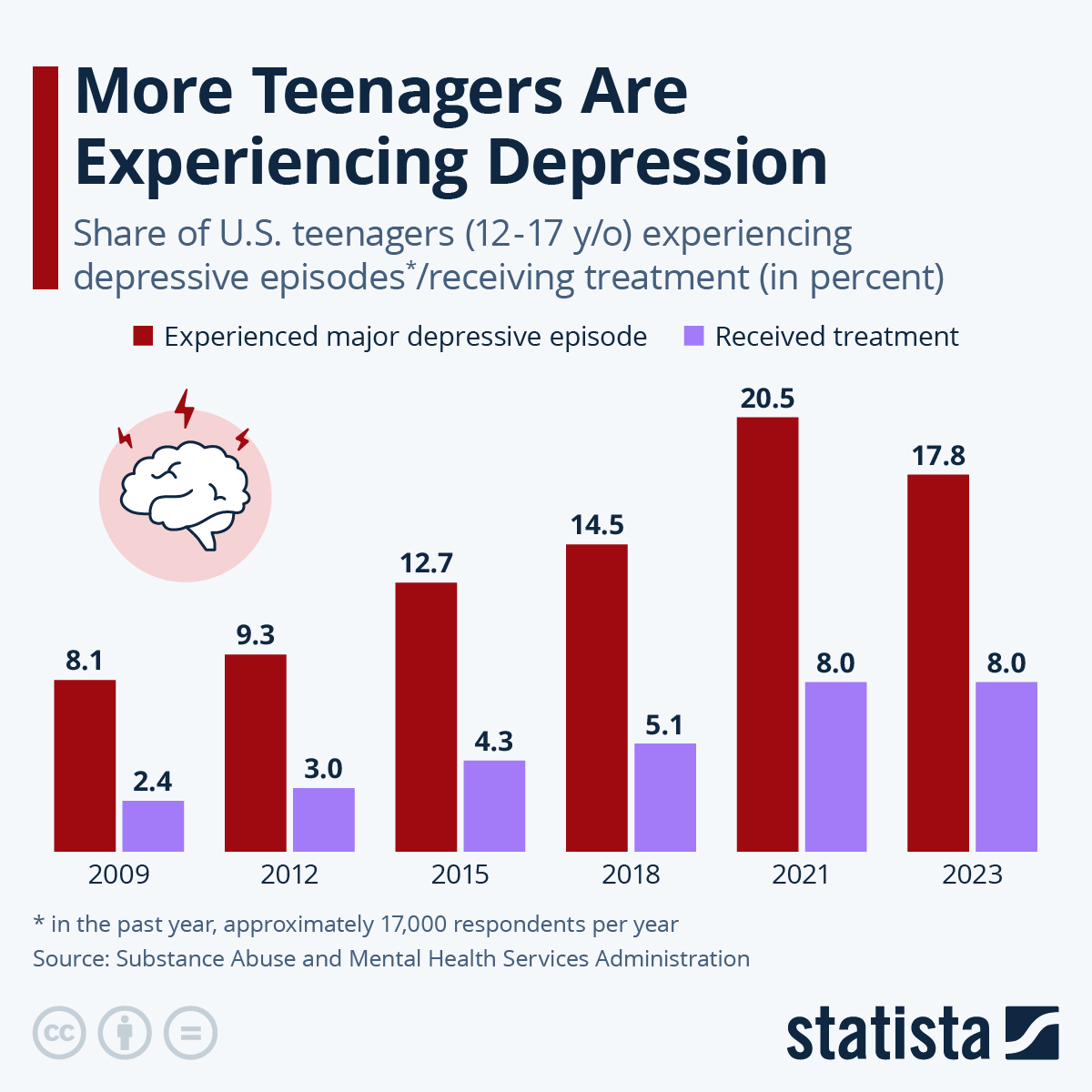 At the same time, it was the smartphone that was the most popular device used by schoolchildren during self-isolation (89.2%), and most adolescents used it directly for study (73.1%). In general, almost all students used different gadgets every day (99.2%).
At the same time, it was the smartphone that was the most popular device used by schoolchildren during self-isolation (89.2%), and most adolescents used it directly for study (73.1%). In general, almost all students used different gadgets every day (99.2%).
Schoolchildren most often complained of redness of the eyes (18.1%), their fatigue (44.9%), to general fatigue during prolonged work on a computer or other device.
“With regular and prolonged use in the classroom, the smartphone should be considered a significant risk factor for the development of visual pathology in children and adolescents,” the study says.
In addition to smartphones and computers, 72.5% of survey participants used headphones during distance learning, while more than a quarter (29%) of respondents used them for about 4 hours or more. Majority (85.9%) of schoolchildren did not experience discomfort when using, a minority complained of heaviness in the head, noise and stuffiness in the ears, etc.